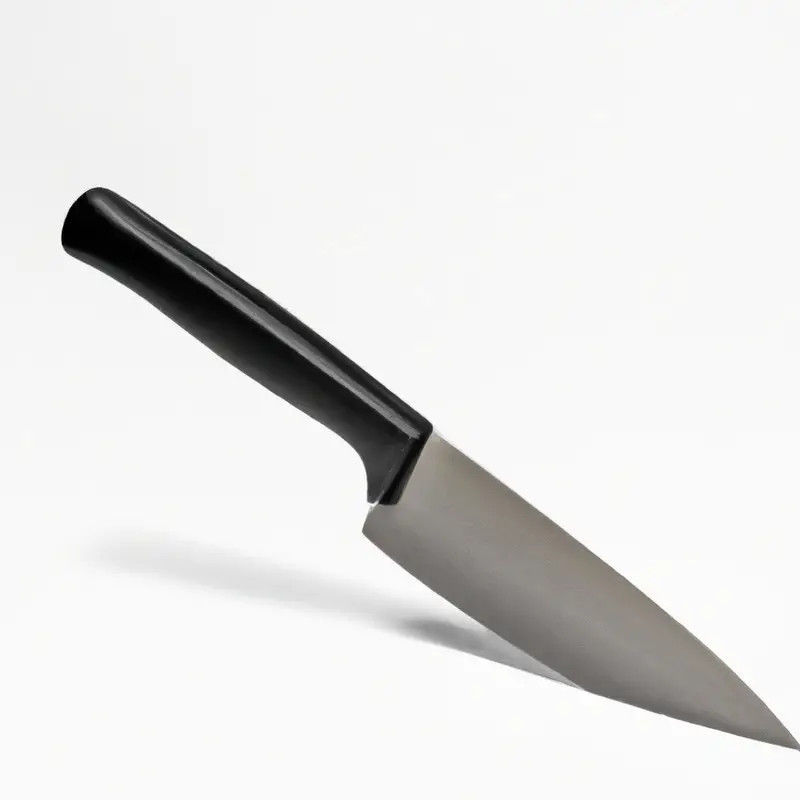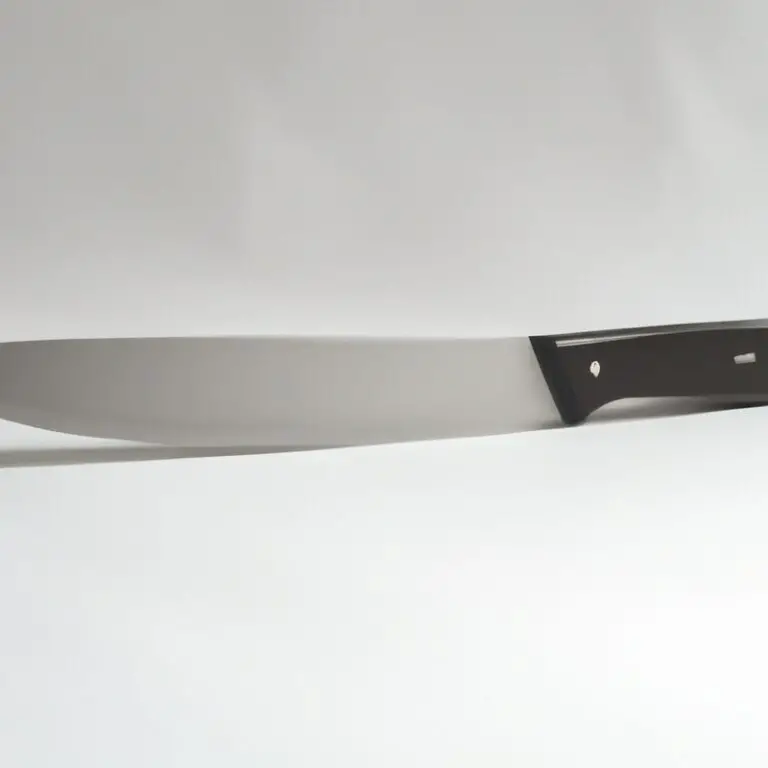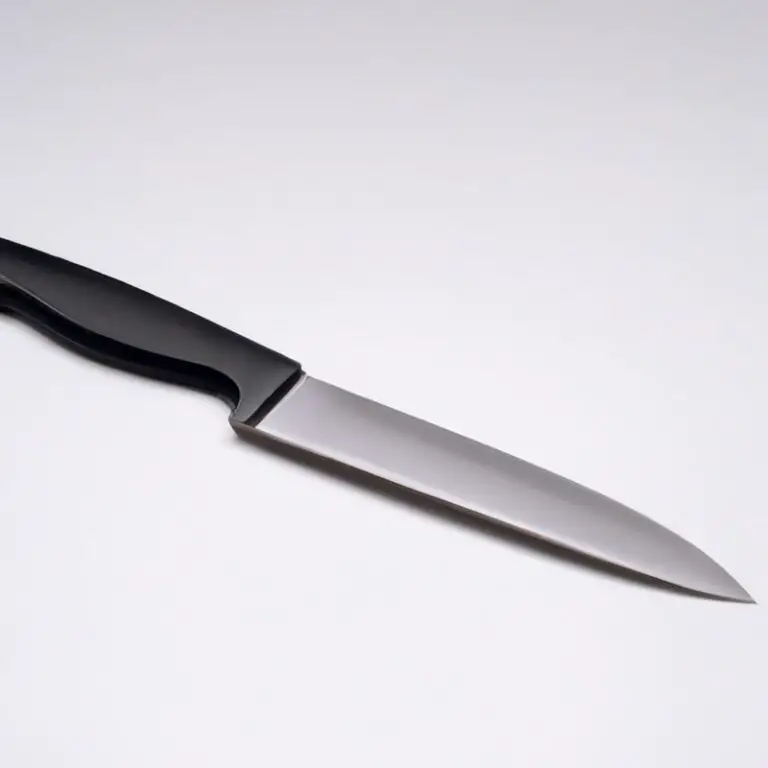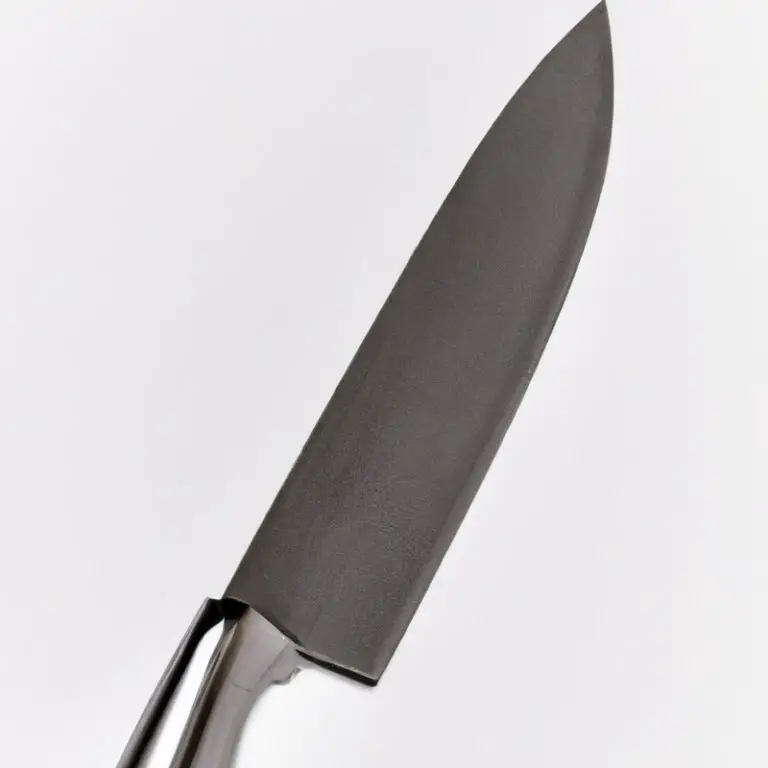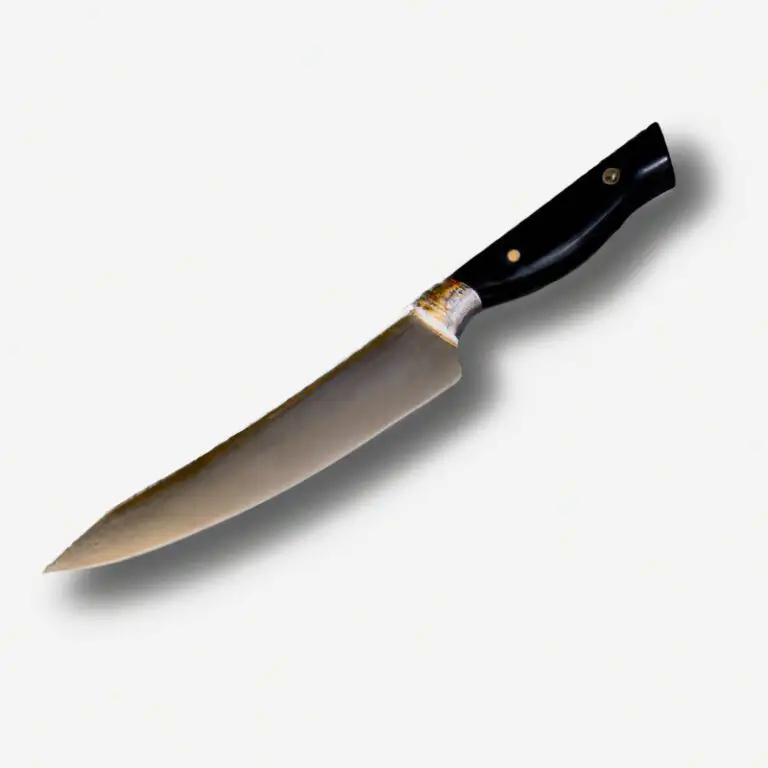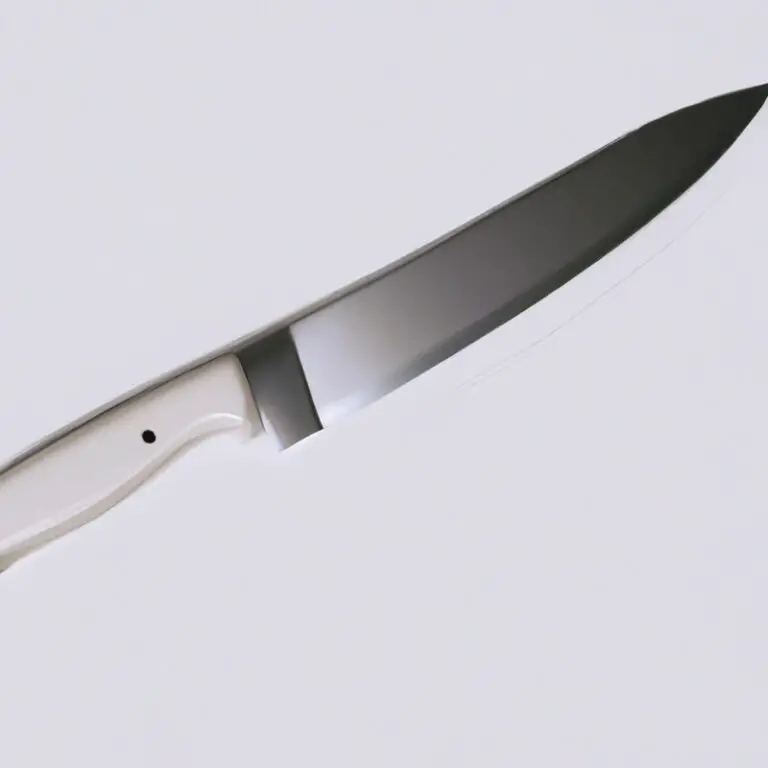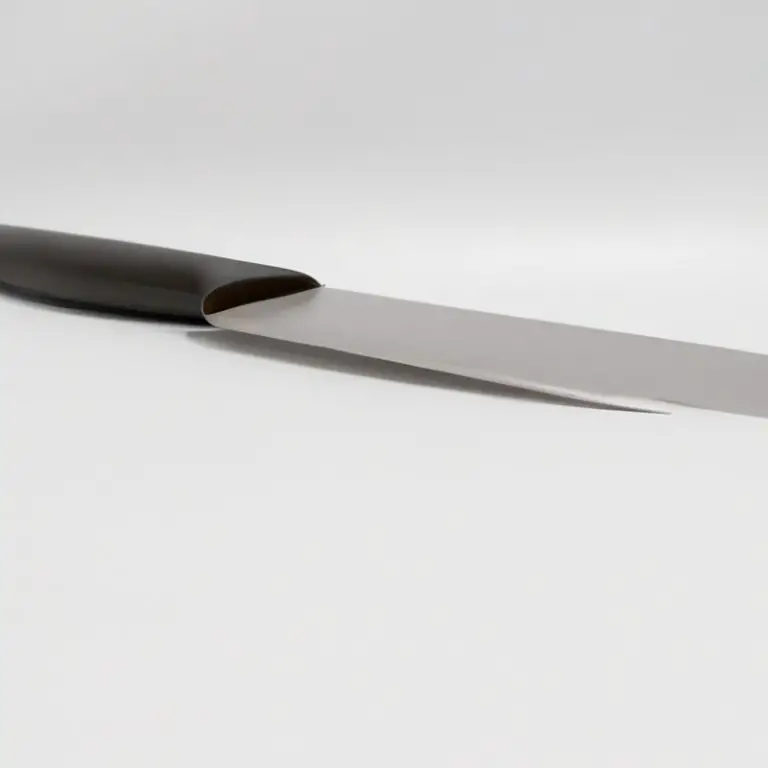What Is The Best Way To Grip a Chef Knife For Control? Mastering Precision
Key Takeaways:
- The pinch grip is the most effective method for achieving control and precision while using a chef knife.
- Proper grip technique reduces the risk of injury and improves the overall quality of your cutting.
- The position of your fingers and wrist can greatly affect the accuracy and comfort of your grip.
- Practice and experimentation can help you determine the grip that works best for your individual style and needs.
Have you ever struggled with achieving the right grip on a chef knife? Proper grip technique is not only crucial for efficient cutting but it also ensures your safety in the kitchen.
In this article, I will share tips on finding the perfect knife to fit your grip style and hand anatomy.
We will dive into the basic components of a proper knife grip, such as the classic pinch grip and proper finger placement on the blade. Whether you’re a home cook or a professional chef, these tips will help you develop muscle memory and master your knife grip for confident and controlled cutting.
| Grip Type | Description | Pros | Cons |
|---|---|---|---|
| Pinch Grip | Hold the blade between the thumb and index finger just above the handle | Better control, reduces strain on wrist and fingers, easier to slice and chop | May need practice to master, less comfortable for extended use |
| Handle Grip | Hold the handle of the knife in the palm of your hand with your fingers wrapped around the handle | Comfortable for extended use, easy to learn, good for heavy-duty chopping | Less control, more strain on wrist and fingers |
| Finger Grip | Place your index finger on the spine of the blade and wrap your remaining fingers around the handle | Helpful for precision work such as peeling and carving, increased control | May cause discomfort with extended use, difficult to use for heavy-duty chopping |
The Importance of Proper Grip Technique for Efficient and Safe Cutting
Proper grip technique is crucial for efficient and safe cutting when using a chef knife. A good grip allows you to control the knife and its movements better, making it easier and more comfortable to work with.
Using a proper grip technique also improves accuracy and reduces the chances of injury.
Without a good grip, a chef knife can slip off or away from your hand, causing accidents that can lead to serious cuts. Therefore, mastering a proper grip technique is a fundamental aspect of cooking and should not be taken lightly.
Finding the Right Knife to Suit Your Grip Style and Hand Anatomy
Choosing the right knife that suits your grip style and hand anatomy can significantly improve your cutting performance and prevent hand fatigue. A knife that feels comfortable and well-balanced in your hand will help you achieve better control and precision.
To find the right knife, consider the size of your hand: some knives may be too small or too big for your hand, making them uncomfortable to grip.
Also, take into account your grip style, whether you prefer the pinch grip, handle grip, or thumb grip. When selecting a knife, consider the weight and balance of the knife, too heavy or too light can affect your grip.
Moreover, look for a comfortable handle that provides a secure grip and slip-resistant.
Lastly, choose based on the type of foods you will be preparing. Some knives are excellent for meat, vegetables, fruits and some are good for all-around purposes.
When you have found the perfect knife that suits your grip style and hand anatomy, stick to it, and practice with consistency.
The Basic Components of a Proper Knife Grip for Maximized Control
The basic components of a proper knife grip are crucial for maximum control while using a chef knife. The grip should involve the pinch grip technique, where the blade is held between the thumb and index finger and the rest of the fingers curl around the handle.
Proper finger placement on the blade is important for increased safety and control.
The handle grip should be chosen to suit the chopping style, and the thumb grip can be used for tackling heavier ingredients. Developing muscle memory is necessary for consistent and efficient grip technique.
To avoid mistakes, avoid holding the knife too tightly and keep a relaxed wrist for improved control.
Mastering knife grip is essential for professional chefs to ensure efficient and safe cutting.
The Pinch Grip: A Classic Technique for Precision and Comfort
The pinch grip is a classic and widely used knife grip technique by professional chefs to achieve precision and comfort while cutting. It involves pinching the blade between the thumb and the index finger just above the bolster or heel of the blade, allowing for better control and maneuverability.
This technique helps in balancing the weight of the blade and applying accurate force while cutting.
It also helps in reducing strain on the wrist and preventing injuries. Using the pinch grip takes some practice to master, but once achieved, it becomes an essential part of a chef’s toolkit for efficient and safe cutting.
Proper Finger Placement on the Blade for Enhanced Safety and Control
Proper finger placement on the blade is crucial for enhanced safety and control when using a chef knife. The index finger and thumb should be positioned on opposite sides of the blade, known as the pinch grip.
This grip gives better control and reduces the risk of slipping, thereby preventing accidents.
The other three fingers should be curled inward around the handle of the knife for added stability and leverage. It’s important to keep your fingers away from the sharp blade’s edge to avoid injury.
With proper finger placement, you can chop ingredients with precision, speed, and safety.
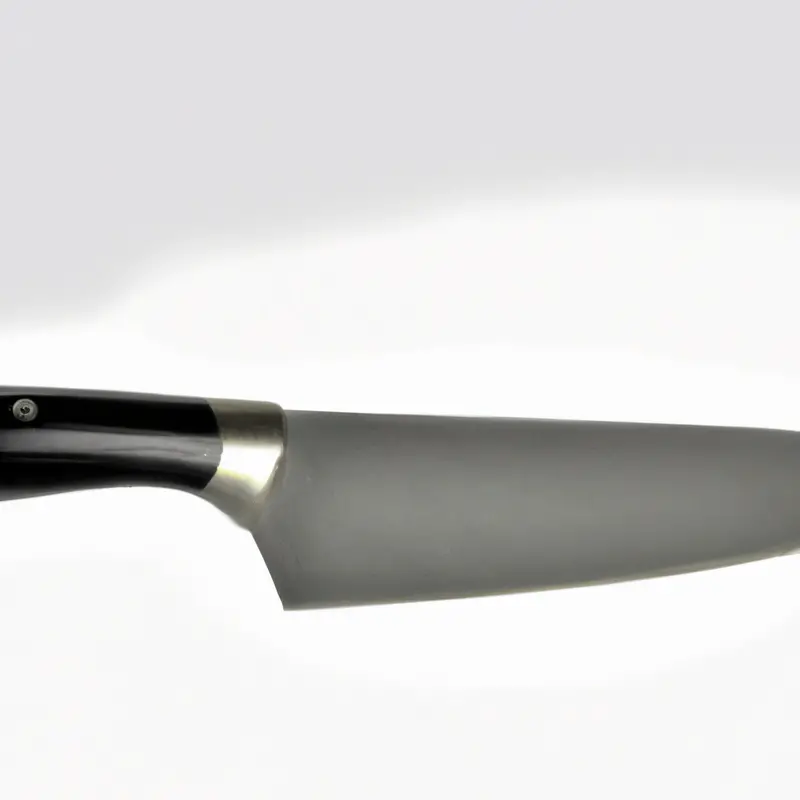
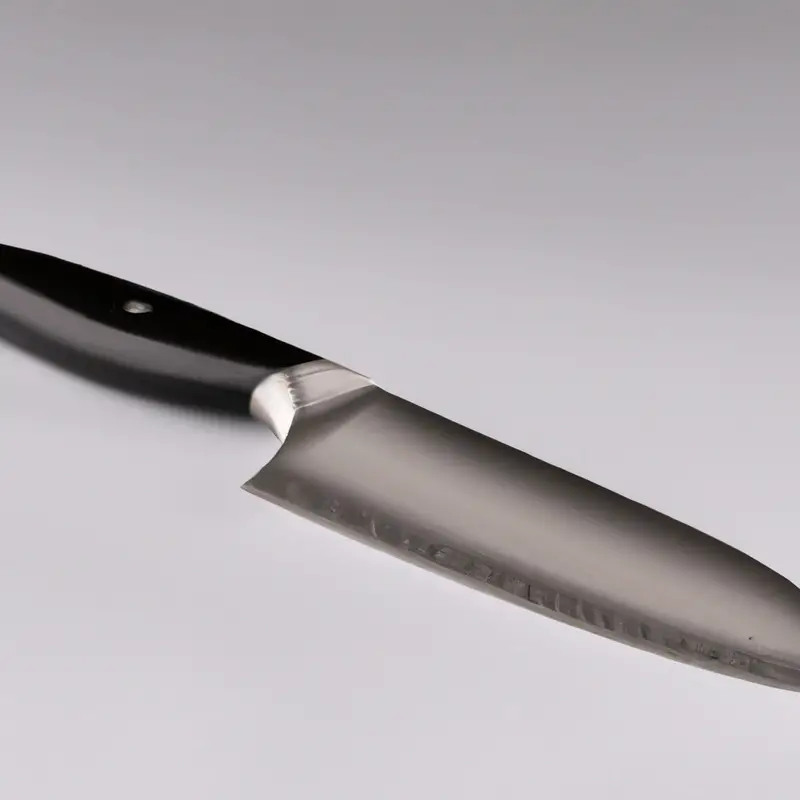
The Handle Grip: Choosing the Right Placement to Suit Your Chopping Style
The handle grip is an essential component of efficient and safe cutting technique. The grip placement should be based on your chopping style to maximize control and comfort.
For those who prefer a heavy chopping style, a grip closer to the blade can provide more power and balance.
However, if you prefer a slicing motion, a grip further from the blade can provide better control and precision. Ultimately, the grip placement should feel natural and comfortable to prevent strain or injuries.
Experiment with different grip positions until you find the optimal placement for your chopping style and hand anatomy.
The Thumb Grip: A Modified Pinch Grip for Tackling Heavier Ingredients
The thumb grip is a modified pinch grip that is ideal for handling heavy ingredients like squash, pumpkins, or melons. It involves placing your thumb on the spine of the blade instead of the handle, which provides more leverage and control.
To use the thumb grip, pinch the blade with your index finger and thumb just as you would with a pinch grip, but instead of wrapping your remaining fingers around the handle, extend them in front of the blade.
This grip allows you to apply more pressure to the cutting surface without straining your wrist or hand. However, it’s important to note that the thumb grip can be dangerous if not executed correctly, as it puts your thumb in close proximity to the sharp edge of the blade.
It’s recommended only for experienced chefs with proper training in knife handling techniques.
How to Develop Muscle Memory for Consistent and Efficient Grip Technique
Developing muscle memory for consistent and efficient grip technique requires a lot of practice and patience. Begin by gripping your chef knife with the proper technique and repeating this grip every time you pick up the knife.
With time and repetition, your hand muscles will begin to develop muscle memory for this grip, making it more natural and automatic.
To enhance muscle memory, focus on the pressure and force you use when gripping the knife. Pay attention to the feeling of the handle in your hand and the angle of the blade.
Practice a range of cutting techniques and tasks, including chopping, dicing, and slicing, to build varied muscle memory.
Consistent repetition of these techniques will help solidify the muscle memory developed for your chef knife grip. Remember, developing muscle memory takes time and effort.
It’s important to keep practicing and refining your technique to achieve consistent and efficient grip technique for your chef knife.
Common Mistakes to Avoid When Gripping a Chef Knife
Common Mistakes to Avoid When Gripping a Chef Knife:
- Over-gripping: Gripping the knife too tightly can cause fatigue and strain on the hand, making it difficult to control the blade.
- Incorrect finger placement: Placing your fingers too close to the edge of the blade can result in injury and decreased control over the knife.
- Improper thumb placement: Keeping your thumb too far or too close to the blade can affect the balance and control of the knife.
- Not using the pinch grip: The pinch grip is a classic technique that helps you maintain control and precision while cutting.
- Gripping too high on the handle: This can cause the blade to lose balance and control, making it difficult to cut through ingredients smoothly.
By avoiding these common mistakes and practicing proper grip technique, you can enhance your knife control, prevent injuries, and improve your overall efficiency in the kitchen.
Advanced Tips for Mastering Knife Grip for Professional Chefs
Advanced Tips for Mastering Knife Grip for Professional Chefs:
- Experiment with different grip styles to find what works best for you.
- Use a relaxed grip to avoid tension and improve control.
- Practice using your non-dominant hand to develop ambidexterity and efficiency.
- Keep your fingers curled and thumb tucked for safer and more efficient cutting.
- Use your whole arm, not just your wrist, to avoid unnecessary strain.
- Focus on maintaining a consistent grip throughout your cutting motions.
- Keep your knife sharp to reduce the need for excessive force and prevent slipping.
- Consider using a textured or rubberized handle for increased grip.
- Practice proper knife maintenance and hygiene to ensure a safe and efficient grip.
- Seek feedback from experienced chefs or a knife skills instructor for further improvement.
Final Verdict
Mastering proper grip technique is crucial for any home cook or professional chef looking to improve their cutting skills. By understanding the various components of a proper knife grip and practicing muscle memory, one can enhance their control, precision, and safety in the kitchen.
We’ve explored the classic pinch grip, thumb grip, handle grip, and essential finger placement techniques to help you take your grip to the next level.
By avoiding common mistakes and implementing advanced tips, you can become a pro at gripping your chef knife with confidence. Remember, a proper grip is the foundation for efficient and safe cutting, and we hope these insights will help you on your journey to becoming a master chef.

